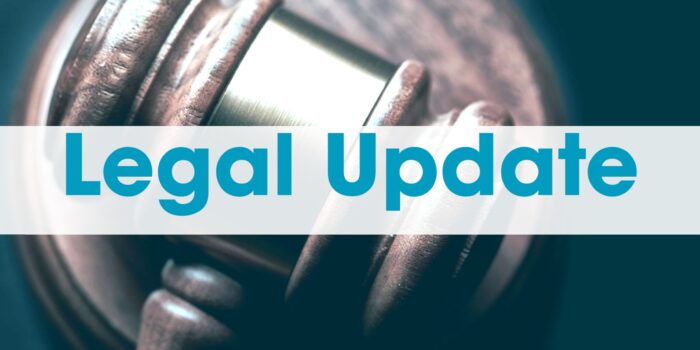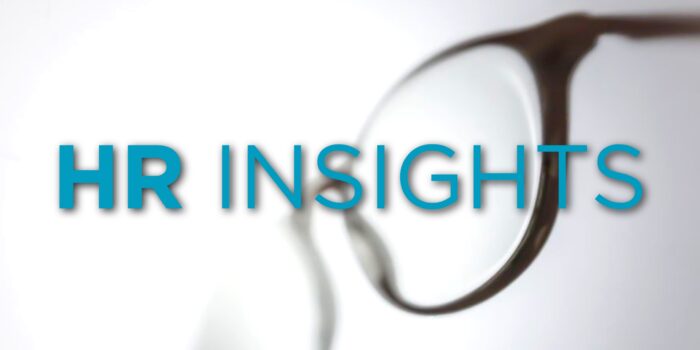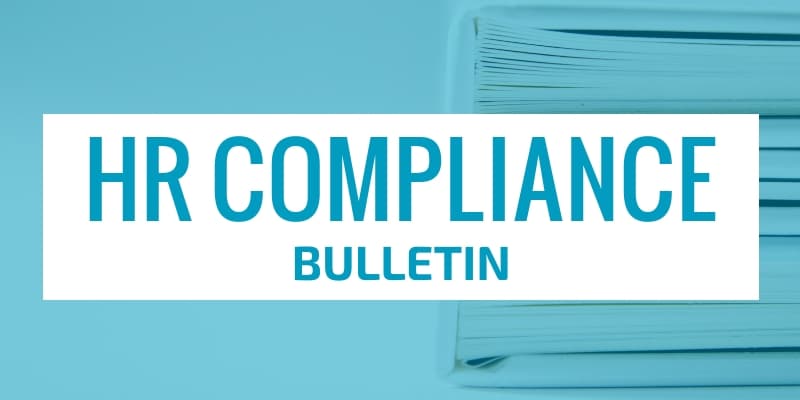16 Apr IRS FAQs on Premium Tax Credit Changes Due to the ARPA
[wpseo_breadcrumb]
Understanding how recent legislative changes for the PTC affect individuals, families and their 2020 tax return is important. The IRS developed this fact sheet to explain what taxpayers need to know about claiming a net premium tax credit (net PTC) and what to do if they have excess advance payments of the premium tax credit (APTC) for tax year 2020.


 On April 9, 2021, the Internal Revenue Service (IRS) released a
On April 9, 2021, the Internal Revenue Service (IRS) released a  The COVID-19 pandemic has been testing the limits of every organization. It’s tested resilience, it’s tested adaptability and, critically, it’s tested the trust between managers and their employees.
The COVID-19 pandemic has been testing the limits of every organization. It’s tested resilience, it’s tested adaptability and, critically, it’s tested the trust between managers and their employees. In response to the coronavirus (COVID-19) pandemic, states have passed new laws and issued new regulations and guidance about employee leave taken for COVID-19 reasons.
In response to the coronavirus (COVID-19) pandemic, states have passed new laws and issued new regulations and guidance about employee leave taken for COVID-19 reasons.